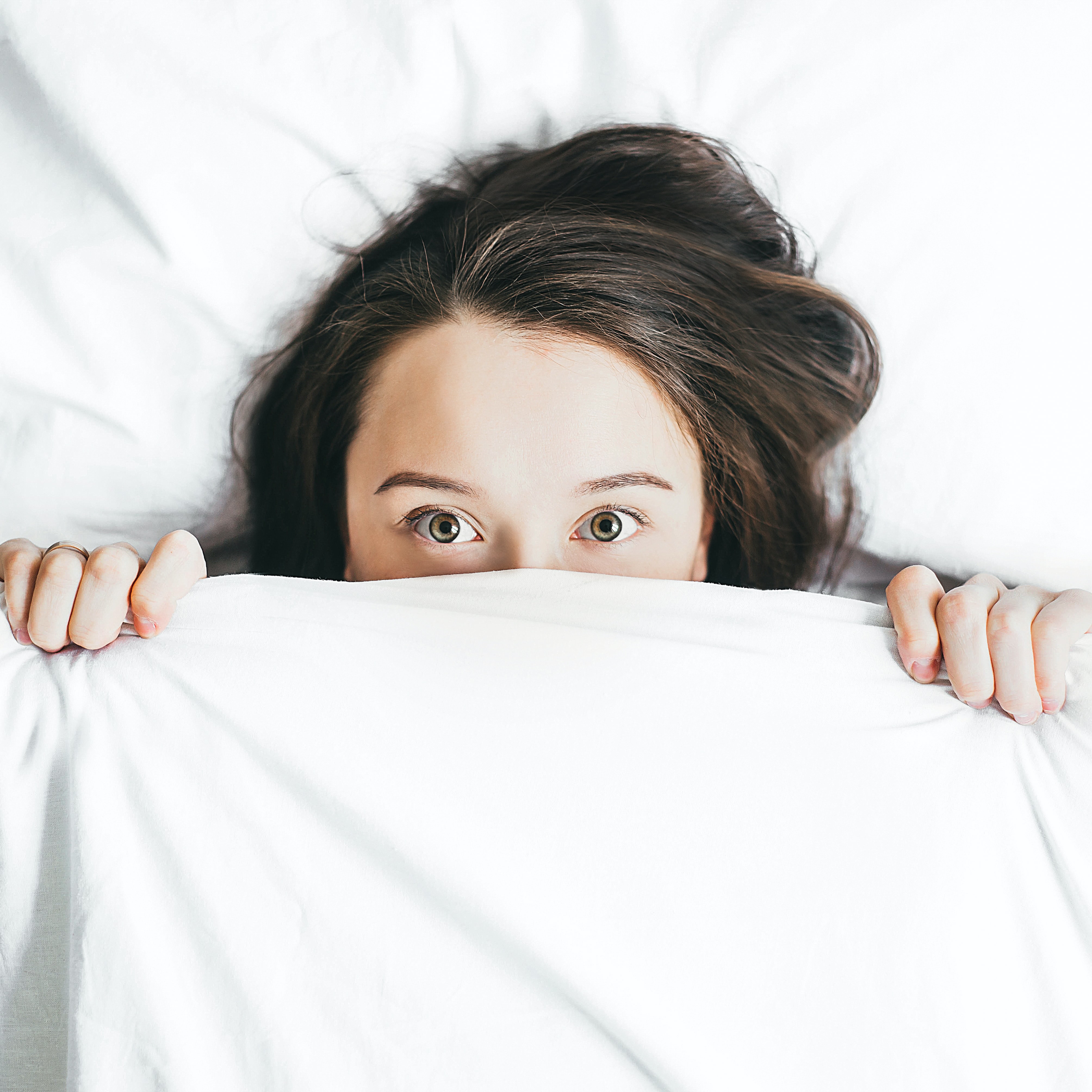Mental Health Week at Bee Medic
Along with physical health, mental health is a central factor in assessing quality of life. The relevance of mental health can be illustrated in particular by looking back at the past years. According to a recent longitudinal study from 2023, incidence rates of depression and anxiety disorders were significantly higher during the Covid 19 pandemic than at a comparable time before the pandemic (Bower, 2023). However, the long-term effects of the pandemic on people's mental health have not yet been exhaustively researched.
The theme is also being taken up as part of the European Mental Health Week, which is taking place for the fourth time this year from 22-28 May. As people's mental health is always a universal issue, this year's action week is themed: Mentally Healthy Communities.
Whether young or old, we all need more understanding, knowledge and skills to maintain and improve our mental health. This is why it is crucial to promote community mental health, as mentally healthy communities allow us to live without fear of stigma and discrimination. The aim is to promote understanding and acceptance of mental health in our communities, schools, workplaces and homes, so that every person can feel well and thrive at every stage of life.
Neurofeedback and mental health
And we also want to follow this motto during the European Mental Health Week. Therefore, we would like to talk about Neurofeedback, which can be a building block in the therapy of mental illnesses. Neurofeedback aims to improve the brain's ability to self-regulate and thus, above all, to alleviate symptoms of mental illness. By focusing on symptom improvement, Neurofeedback brings a certain lightness to the therapy, because it usually becomes clear very quickly whether patients respond to Neurofeedback. The first successes are motivating and performance-oriented people usually find a good approach to Neurofeedback because it does not "feel like therapy". The setting is relaxing and the brain does the Neurofeedback "by itself". And also for therapists, Neurofeedback usually means calm work and thus also relief and ease in everyday therapy.
Expert talk for mental health of therapists
That's why we're talking about Neurofeedback and mental health in an exciting webinar on 22 May. with Neurofeedback experts Dr.rer.nat. Meike Wiedemann and Veronika Kreitmayr. In their webinar, the two will present, among other things, that the topic of mental health is an essential factor in our quality of life. mental health is an essential factor in our quality of life, which has come into focus in recent years. has come into focus in recent years. A central focus of the webinar will be the of the webinar will be the discussion of the mental health of therapists, as this is often pushed into the background as a result of stressful working days. The two lecturers will explain what mental health actually means, how Neurofeedback can help many patients and how it can relieve the therapist's daily therapy routine.
The webinar will be held in German language.
You can register for the free webinar on 22 May via this link.
Quellen:
Bower, M.; Smout, S.; Donohoe-Bales, A.; O'Dean, S.; Teesson, L.; Boyle, J.; Lim, D.; Nguyen, A.; Calear, A.L.; Batterham, P.J.; Gournay, K.; Teesson, M. (2023): Eine versteckte Pandemie? Ein Überblick über die globalen Erkenntnisse zur psychischen Gesundheit in der Zeit von Covid-19. Front Psychiatry. Online veröffentlicht 2023 Mar 8. doi: 10.3389/fpsyt.2023.1107560.
Mental Health Europe (2023): Europäische Woche der psychischen Gesundheit - Mental Health Europe (mhe-sme.org).




